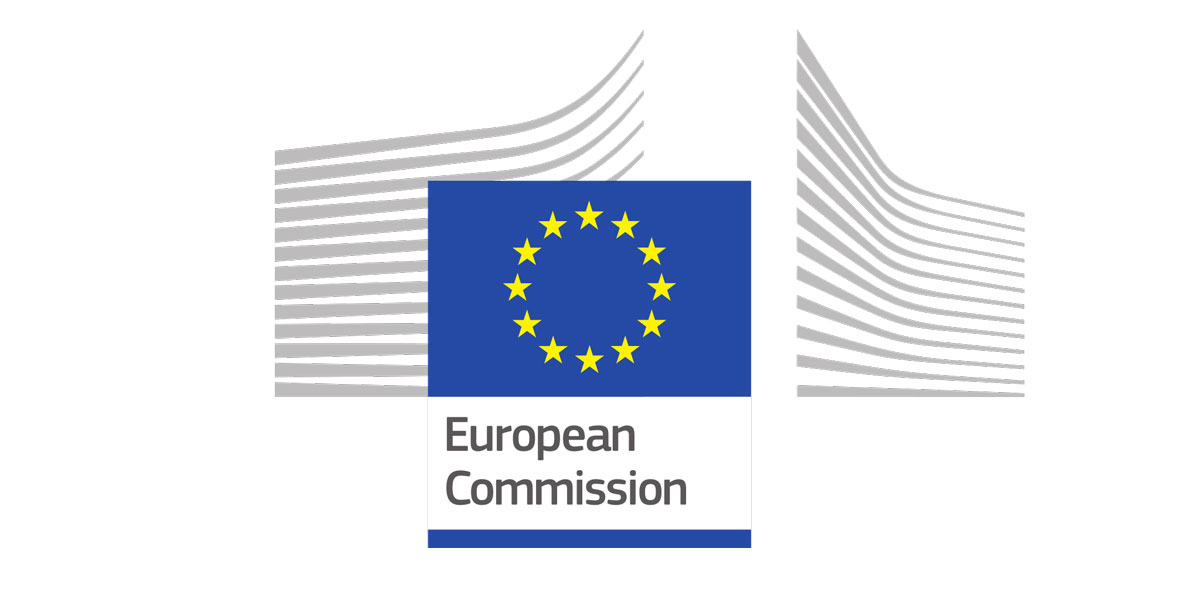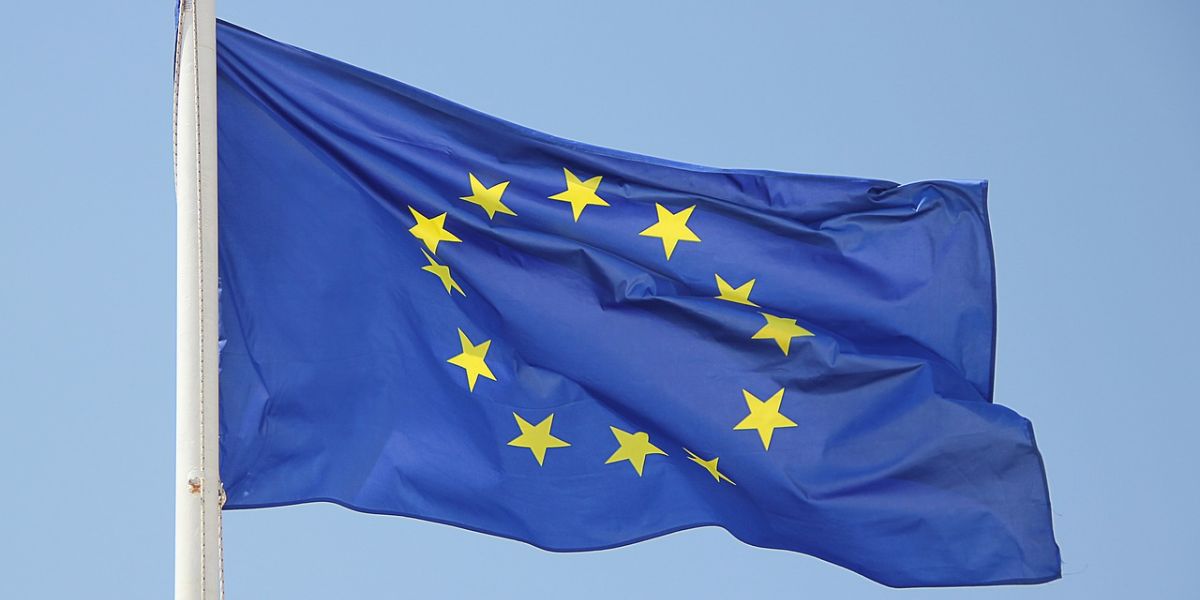The European Commission has published the 2024 State aid Scoreboard on 8 April 2025 providing a comprehensive overview of State aid expenditure in the EU in 2023. Notably, tax-related State aid emerged as the second most utilized instrument, accounting for 22% of total State aid expenditure.
While the overall spending dropped to EUR 186.78 billion in 2023 from EUR 243.27 billion in 2022, Member States channeled 73% of funds towards EU policy objectives, such as environmental protection and energy savings, research, development and innovation, and regional development. In 2022, this share was 49%. The total amount of aid spent on these key objectives increased to EUR 136.78 billion from EUR 119.98 billion.
The most notable reductions in spending were caused by the phasing out of the crisis aid aimed to mitigate the effects of the coronavirus pandemic and the Russian invasion of Ukraine. This means State aid spending entered a normalisation phase in 2023.
The State aid Scoreboard, based on Member States’ reports, shows in particular that in 2023:
- Member States reported approximately EUR 186.78 billion in total State aid expenditure. This corresponds to 1.09% of the 2023 EU GDP and represents a 23% reduction compared to 2022, when overall expenditure was EUR 243.27 billion. Member States have focused on supporting companies in reaching key long-term EU priorities and strongly reduced crisis aid granted in light of the COVID-19 pandemic. EU Member States spent a total of EUR 136.78 billion on State aid for key EU priorities, or 0.8% of EU GDP. This corresponds to a 14% increase compared to 2022, when the expenditure for these measures was EUR 119.98 billion.
- Environmental protection and energy savings are the policy objectives on which Member States spent by far the most in 2023 (EUR 55.32 billion, accounting for around 30% of overall State aid expenditure). Remedying a serious disturbance in the economy was the second policy objective, accounting for around 25% of overall EU State aid expenditure.
- Measures approved under the Temporary Crisis and Transition Framework (‘TCTF’])] to counterbalance the negative effects of Russia’s war against Ukraine on the economy and to foster the transition towards a net-zero economy accounted for EUR 39.45 billion (21% of State aid spending and 0.23% of EU GDP)
- The reduction in 2023 State aid expenditure was driven by the phase-out of the measures adopted to mitigate the economic effects of the coronavirus pandemic. In 2023, this type of aid expenditure dropped to 0.06% of EU GDP. The expenditure was only a relatively small part of the budget of crisis measures approved: 34% for COVID-19 support and 19% for all TCTF measures.
- The share of block-exempted measures keeps rising. Member States implemented 2,105 new measures under the General Block Exemption Regulation (‘GBER’), 690 under the Agricultural Block Exemption Regulation (‘ABER’) and 30 under the Fishery Block Exemption Regulation (‘FIBER’) in 2023. This corresponds altogether to 88% of the total number of new State aid measures and 93% of all the new State aid measures excluding crisis aid. The total amount of State aid spent under the block exemptions was EUR 70.53 billion (around 38% of the total expenditure in 2023).
Background
This 2024 edition of the State aid Scoreboard includes six special focus points, namely State aid measures supporting the economy in mitigating the impact of Russia’s war against Ukraine and to foster the transition to a new-zero economy; State aid provided in the context of the coronavirus crisis; Block-exempted State aid expenditure, State aid for energy and environmental protection, renewables and energy savings; deployment of broadband networks; industrial innovation and clean tech manufacturing.
To have a better overview of the aid actually granted under the two crisis frameworks, the Commission conducted periodic surveys to seek information from Member States. The results are summarised in a series of policy briefs available here.
For more information
The annexes of the State aid Scoreboard provide additional illustrative material to allow a more informed reading of the 2024 Scoreboard results. State aid expenditure data gathered by DG Competition is also available on its data repository webpage on the Competition website. More information on the State aid Scoreboard, including earlier Scoreboards, can be found here.













